In a fast-paced world where speed and efficiency are often considered essential, some creatures continue to live life in the slow lane—and that's not a bad thing. These animals move at their own rhythm, often due to evolutionary adaptations that help them survive in specific environments.
Below, we’ll explore the 15 slowest animals in the world, their unique traits, habitats, and why their slow pace actually helps them thrive.

The garden snail is a common land mollusk found across Europe. It can grow up to 8 cm long and prefers moist environments, often emerging after rain. This nocturnal animal is one of the slowest on Earth, with a top speed of just 0.05 km/h—that’s only 1 meter per hour!
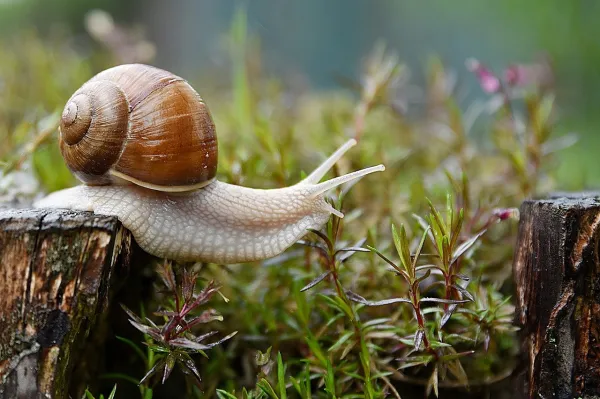
Sloths are legendary for their slowness, and the three-toed sloth may rival the snail for the slowest title. Native to the Amazon and Orinoco river basins, it moves at about 2 meters per minute, or 5 km per day. Sloths don’t walk—they drag themselves along—but they are surprisingly good swimmers. Their slow metabolism and moss-covered fur help them camouflage from predators.
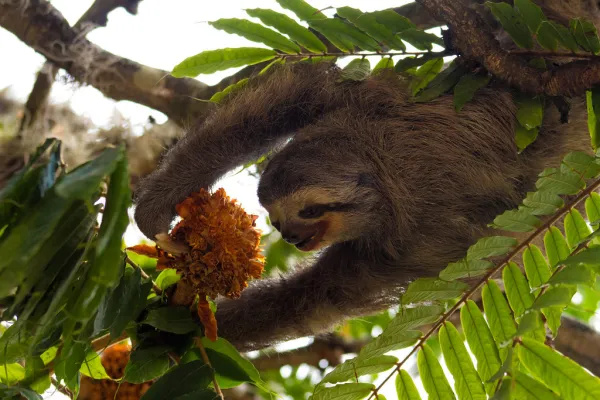
Endemic to Australia, koalas are arboreal marsupials that feed exclusively on eucalyptus leaves. Although they can climb skillfully, they only move at about 5 meters per second, with a maximum speed of 20 km/h. Koalas are currently listed as vulnerable, with fewer than 100,000 individuals remaining.
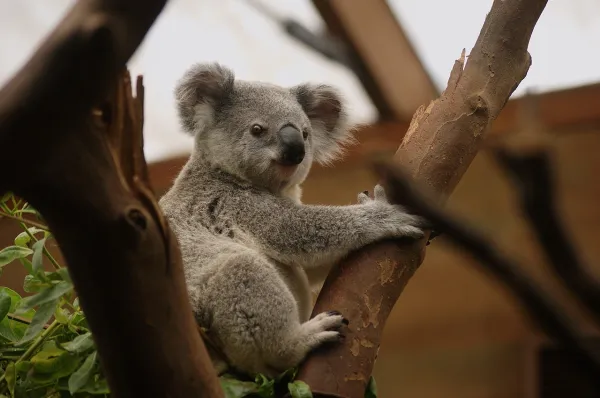
Found only on Aldabra Island in the Indian Ocean, this is one of the world’s largest tortoises—up to 250 kg in weight and over 1 meter in length. Despite their size, they move very slowly, at about 45 meters per minute. Yet, they are quite active in foraging and can live more than 270 years.
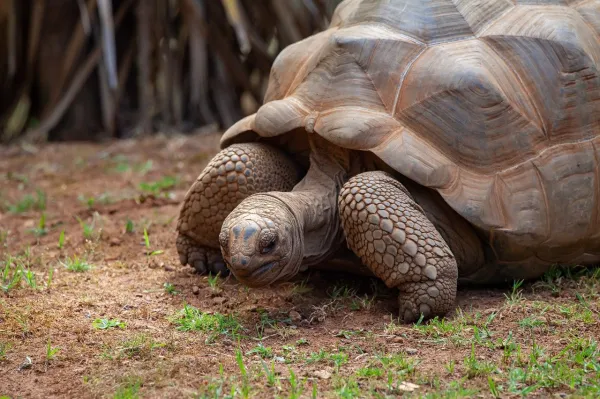
Also known as the loggerhead turtle, this marine reptile inhabits the Mediterranean Sea and can weigh up to 159 kg and reach 120 cm in length. It swims at a very slow pace of 0.04 km/h, and can live up to 150 years.
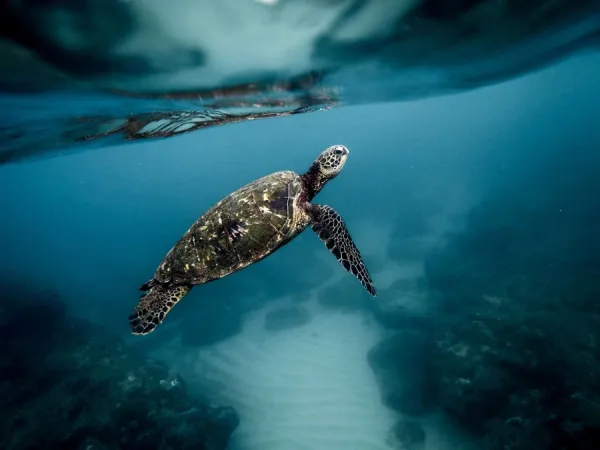
Living in the icy waters of the Arctic and North Atlantic, the Greenland shark is one of the slowest swimming sharks, moving at just 0.34 meters per second. Blind and long-lived, it can reach lengths of 6–7 meters and may live up to 500 years, making it the longest-lived vertebrate known.
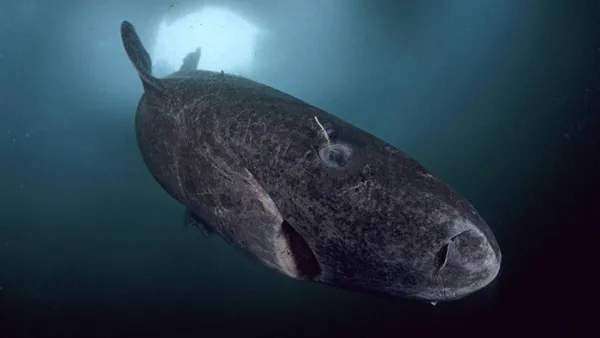
Though considered one of the fastest insects, the tiger beetle is surprisingly "slow" in its own way. It runs at 2.5 meters per second, but its eyes can’t process images fast enough at that speed, causing it to lose sight of its prey temporarily. It lives in tropical and subtropical climates and is known for its voracious predatory behavior.
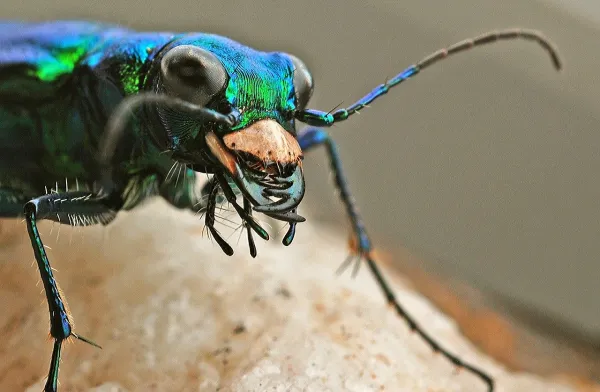
Native to Southeast Asia, this small nocturnal primate lives in bamboo forests and thick jungles. It moves with extreme caution and rarely exceeds 30 meters per minute. Despite its cute appearance, it has a toxic bite, and habitat destruction has made it vulnerable to extinction.
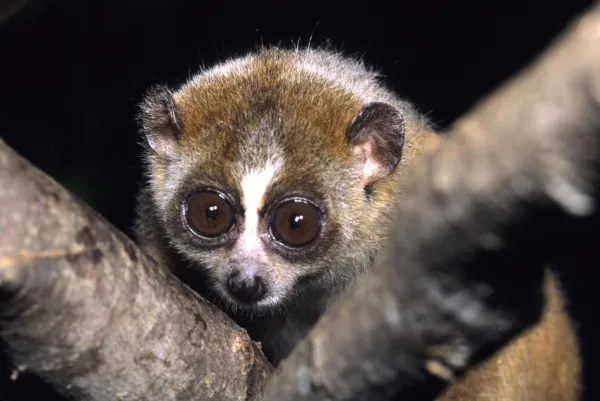
Also called “sea cows,” Manatees-Are-Endangered.html">manatees are herbivorous marine mammals that spend most of their day grazing in shallow waters. They grow up to 4–6 meters long and weigh between 300–500 kg, but move at a leisurely 30 km/h. Their only real predators are humans and, rarely, orcas.
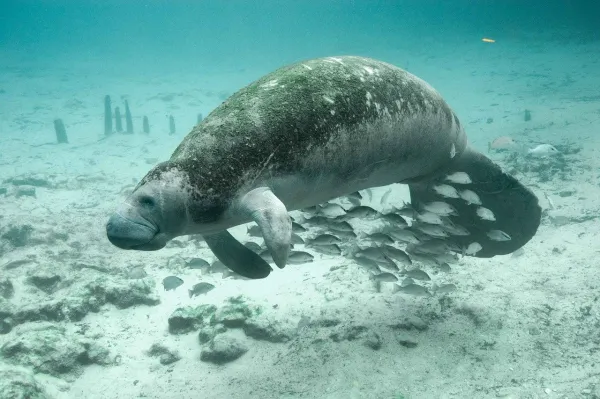
The largest of all pangolin species, the giant pangolin lives in Africa and feeds primarily on ants and termites. It can reach 140 cm in length and 33 kg in weight. A slow walker, it moves at a maximum speed of 5 km/h, but has an excellent sense of smell and is nocturnal.
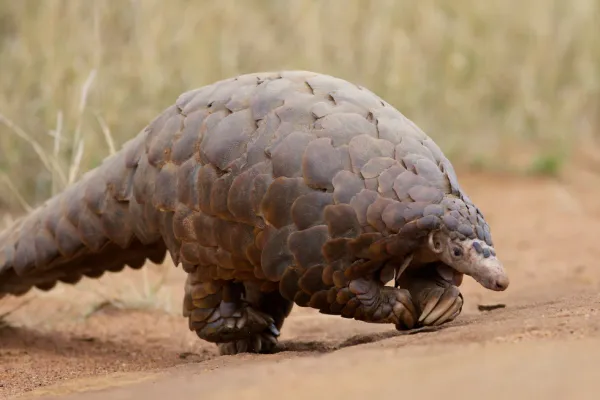
This plump bird lives in forested areas of North America. It is the slowest flying bird, reaching speeds of just 8 km/h. Though it’s hard to spot during the day, its long bill is ideal for digging worms from the soil.
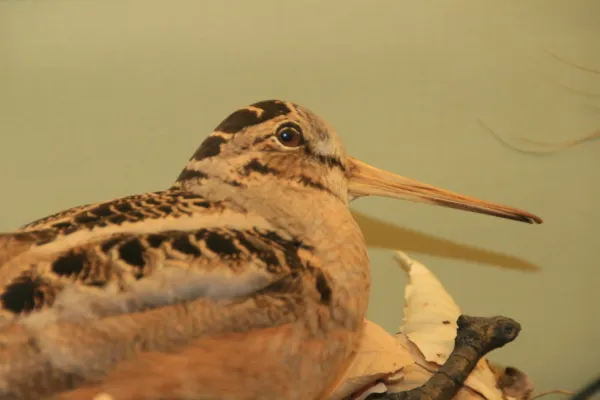
One of the few venomous lizards in the world, the Gila monster inhabits desert regions of the U.S. and Mexico. Despite its fierce reputation, it’s a peaceful creature. It grows to 35–60 cm, weighs about 1 kg, and moves slowly, with a top speed of 24 km/h.
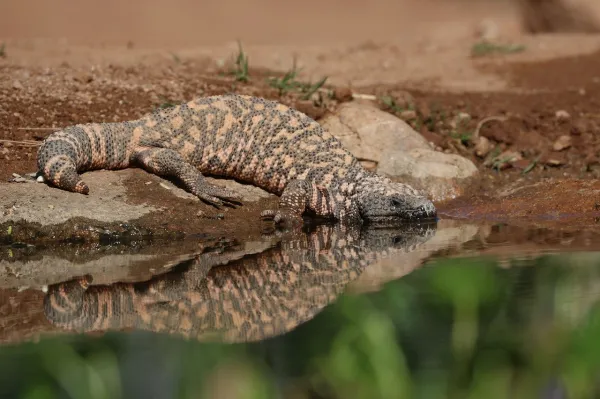
Seahorses are among the slowest swimmers in the ocean, covering just 300 cm per minute. They can grow between 14 mm and 29 cm, and lack both stomachs and teeth. Males carry and give birth to the young, making them unique among fish.
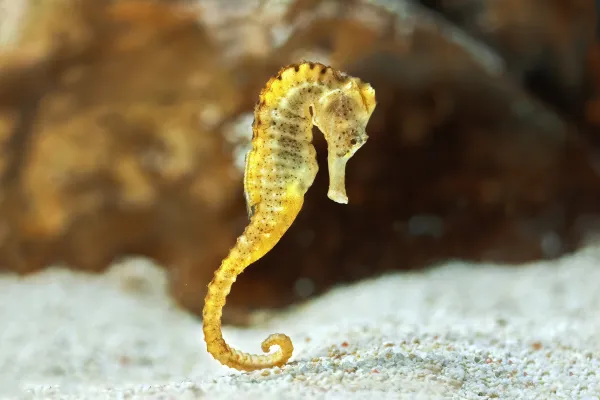
Starfish, or sea stars, are echinoderms with over 2,000 species. Most have five arms, but some, like the Antarctic starfish, can have up to 50 arms. They move slowly—only about 94 meters per hour. A fascinating fact: if they lose an arm, they can regenerate it, and sometimes, a new starfish can grow from that arm.
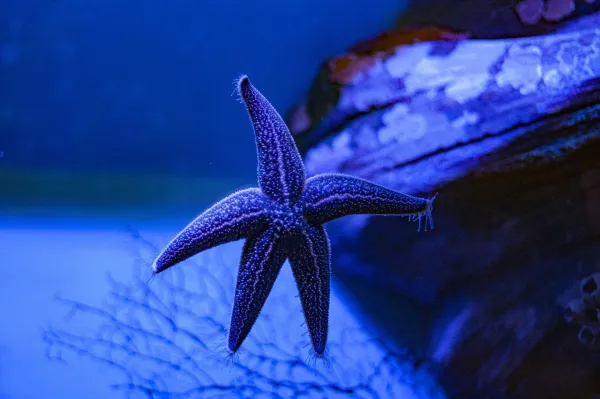
Native to North America, banana slugs get their name from their yellow coloration, though they can also appear green, brown, white, or spotted. They grow up to 25 cm, weigh 115 grams, and live up to 7 years. Moving at under 80 cm per minute, they use a radula—rows of microscopic teeth—to feed on plant matter.

If you're curious to learn more about unusual animal adaptations, visit our Wild Animals category for more fascinating articles!
Bibliography
Lang, H. (2017). These 30 photographs show the slowest animals. National Geographic. Available at: https://www.nationalgeographic.es/animales/2017/07/los-animales-mas-lentos-del-mundo-adidivinas-que-animal-se-mueve-poco-mas-de-1
Woinarski, J. & Burbidge, A.A. (2020). Phascolarctos cinereus (amended version of 2016 assessment). The IUCN Red List of Threatened Species 2020: e.T16892A166496779. Available at: https://dx.doi.org/10.2305/IUCN.UK.2020-1.RLTS.T16892A166496779.en.
animal tags: slowest animals
We created this article in conjunction with AI technology, then made sure it was fact-checked and edited by a Animals Top editor.